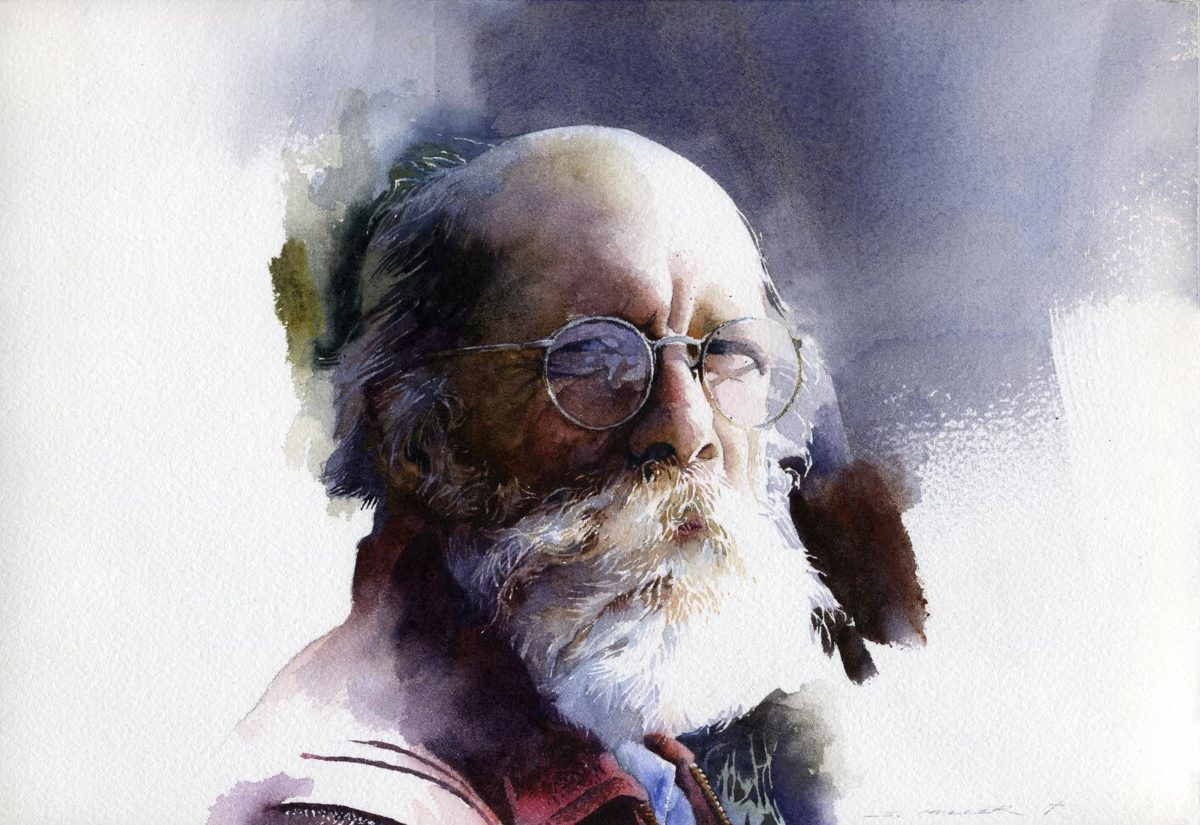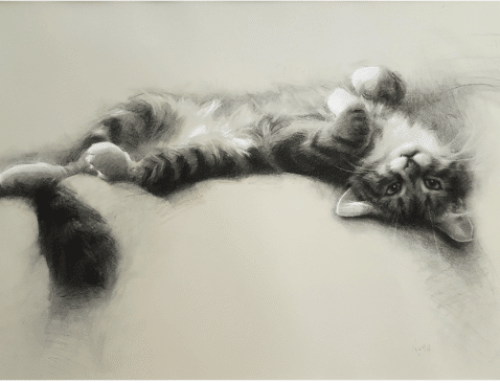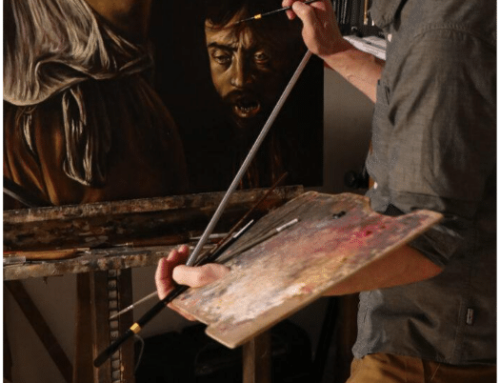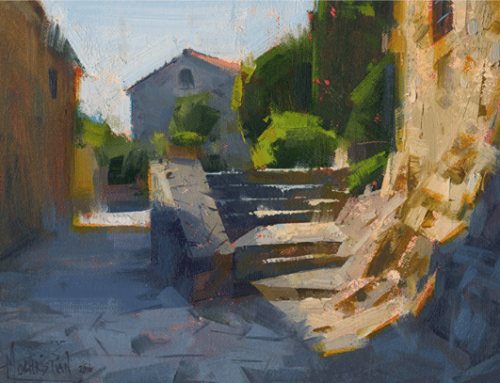Welcome to another edition of Inside Art. Today we feature an article by watercolor artist Stan Miller on creative motivation. Stan has been a professional painter in watercolor and egg tempera for more than 30 years. A signature member of the American Watercolor Society as well as an AWS award winner, Miller has exhibited his paintings in numerous exhibitions, galleries and museums as well as teaching workshops and classes in the United States and around the world.
By Stan Miller
I have never understood the idea of artist’s block…a lack of desire to create art. To me, not wanting to paint would be akin to having no desire to eat.
As far back as I can recall, I desired nothing other than to make art. I took art classes through high school, and although I started college majoring in physical education, as soon as I discovered my school had a graphic design program, I switched to all art classes. I ended up devoting three of my four years at Spokane Falls Community College to art, and I loved every minute of it.
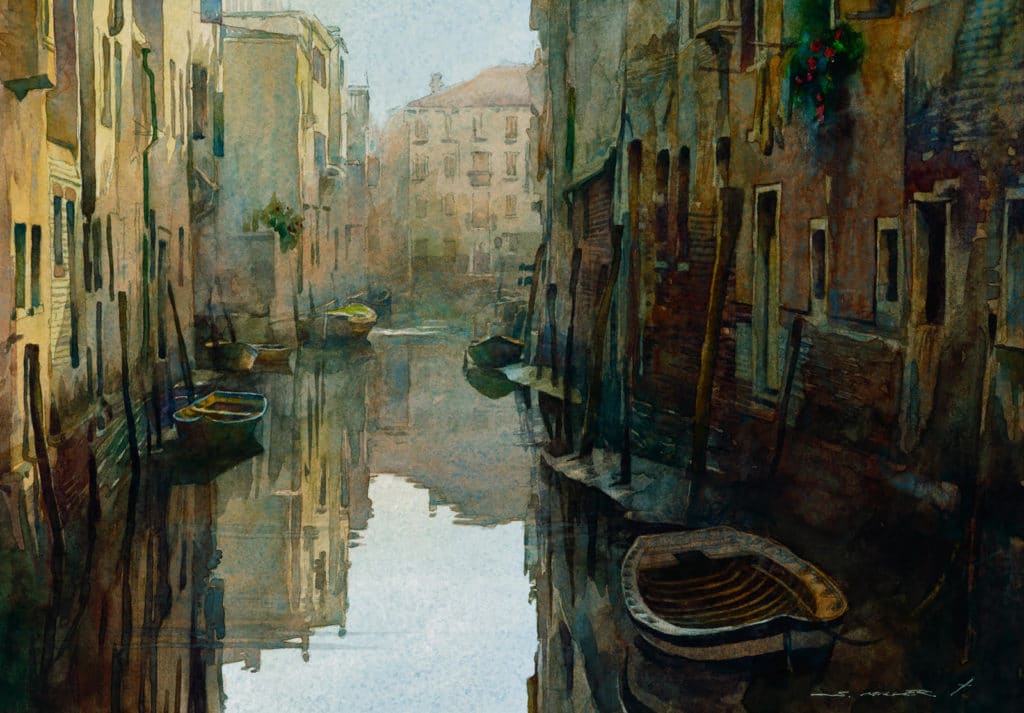
Stan Miller, Venice Calm, 10 x 14 inches watercolor
When I graduated, I moved into a small rental house, lived below the poverty level, bought my brother’s car for $100…and I painted in watercolor six days a week, 10 to 12 hours a day. I loved the medium. My dream: to become a full-time artist. It took years of practice, but having that long-term goal helped motivate me. I improved steadily, and over the years I started to create more successful and imaginative, well-designed paintings. Today, the desire to paint is as close as my desire to eat and breathe.
There was only one period in my life where I struggled to find a desire to paint. About ten years after I started painting full time (I was about 21 years of age), I went through a period of depression. Because I had to make and sell paintings to pay the bills, I forced myself into my studio, telling myself to paint anything… not to be overly selective or picky… just paint. A couple of years later, the darkness lifted, and my love of painting returned, and to this day there are hundreds and thousands of subjects that I would love to be able to paint, many ideas, my biggest obstacle not enough time.
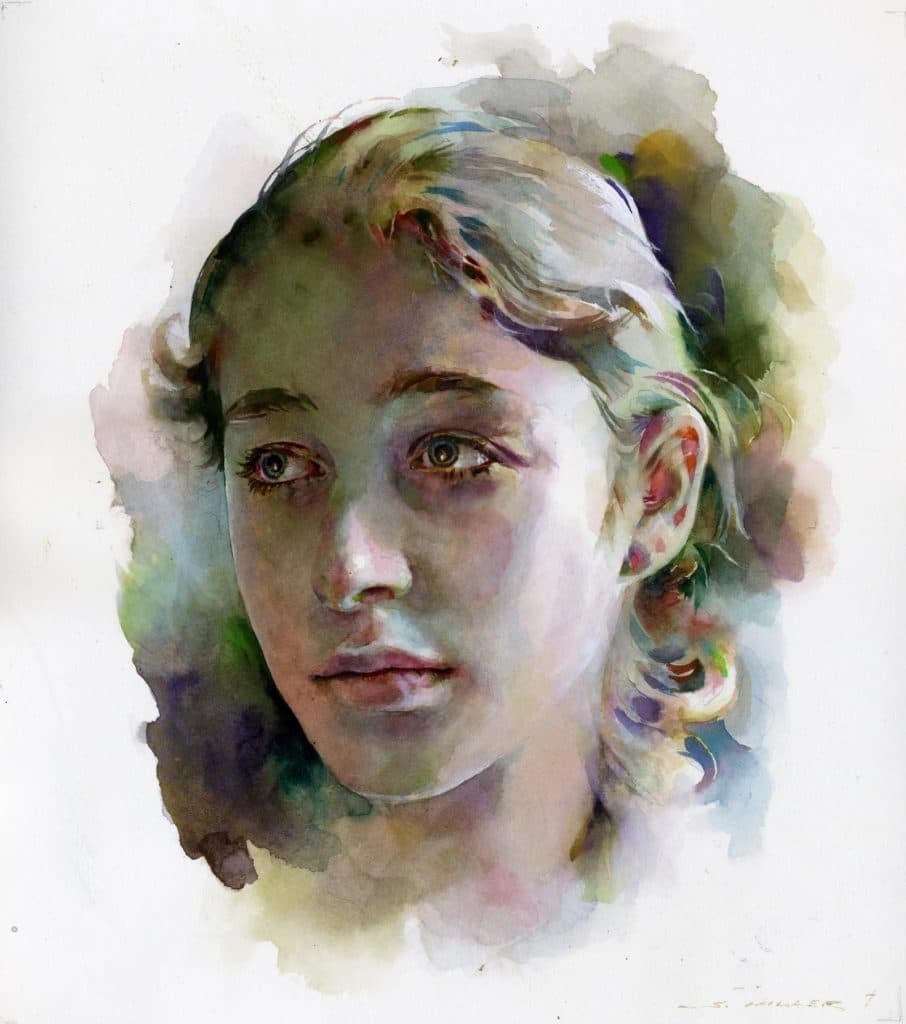
Stan Miller, Heather’s Memory 12 x 10 inches, watercolor
I make all of my income from selling my paintings and teaching painting workshops. Having to pay the bills means I need to get into my studio every day. However, my continued love of art remains the primary constant behind any and all paintings that I create. I tell my students, listen to your heart… do we have to talk ourselves into eating food? Talk ourselves into breathing air?
We need to, as best we can, be certain that it is art that we truly love. My students often struggle with motivation and focus. I find giving them assignments and projects can help. Perhaps I’ll give them an image and tell them to paint one third of it as it looks, one third of it in an impressionistic style, and one third of it in abstraction – and make sure the painting works as one unified, effective work of art.
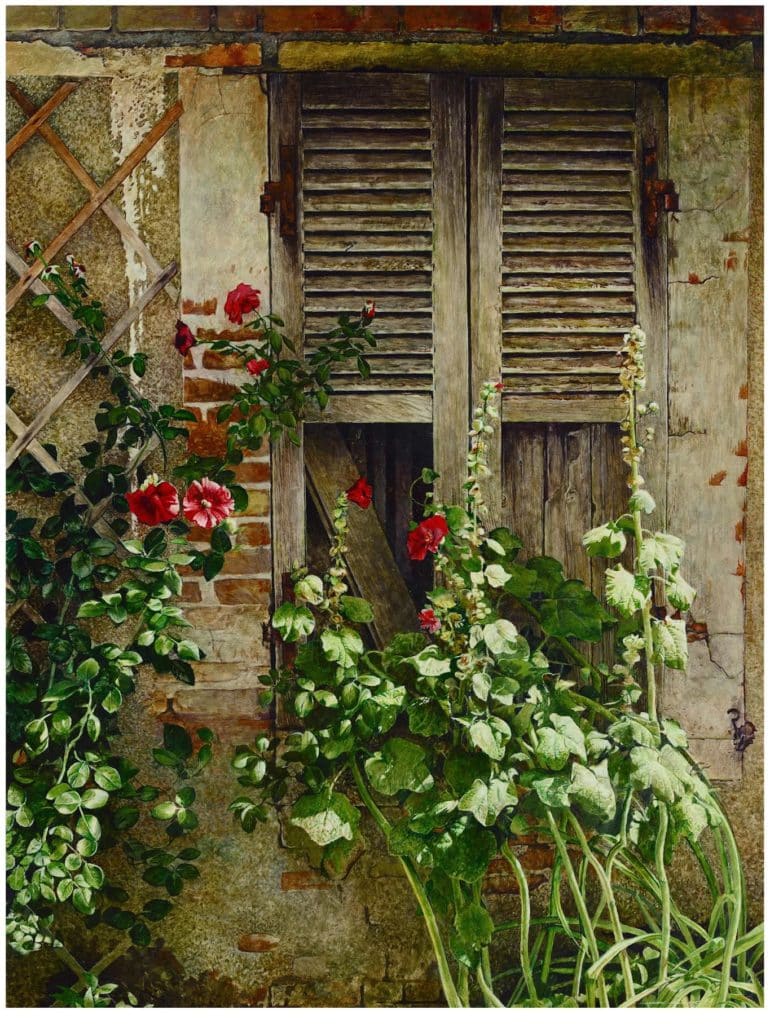
Stan Miller, French Window Flowers 36 x 24, inches egg tempera.
Assignments like this really help many of my more advanced students. Perhaps I’ll tell them, “For next week, do a full sheet watercolor using only a two-inch flat brush.” They seem to love the challenge. I do find that most of my students, however, only paint in the classroom, not when they are home alone unless they have an assignment or challenge to meet.…again, something I personally have never understood.
Putting myself into a situation where I could only pay my bills by painting and selling my paintings has played a major role in my continued focus on doing my art….but it’s not the primary reason I paint. I paint because deep in my heart, ever since I was young, I have loved art – creating art – more than anything else.
Her Pet Portraits in Watercolor are the Cat’s Meow
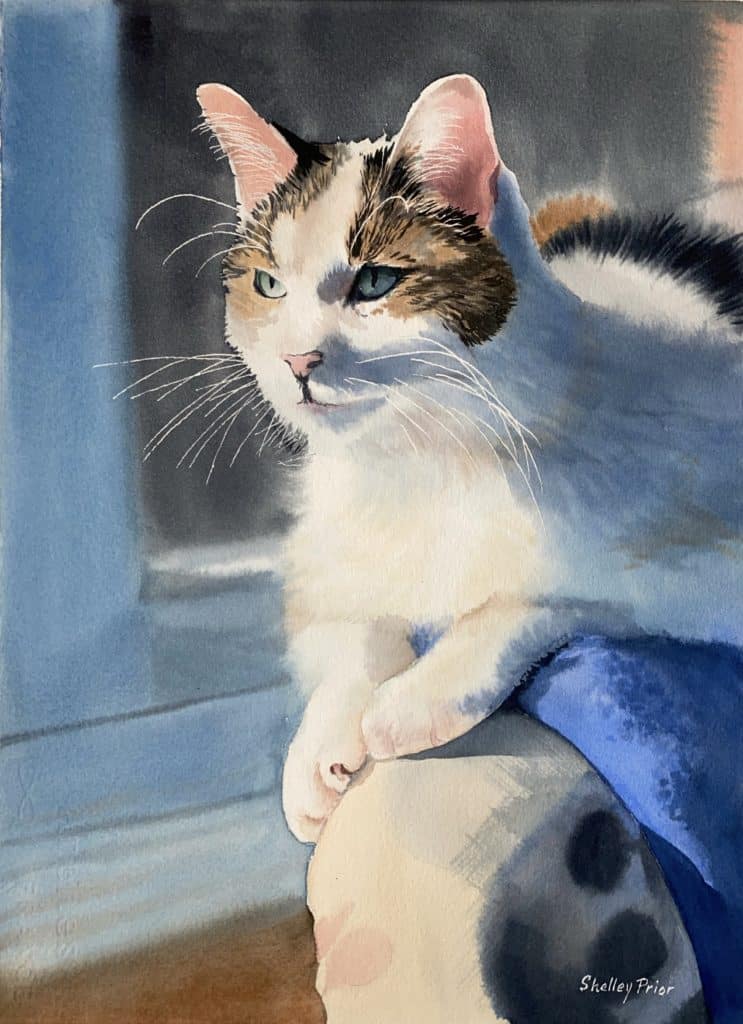
Shelley Prior’s portrait of a feline friend
Longtime professional watercolorist and teacher Shelley Prior favors a sense of peace and calm in her portraits of beloved pets. She achieves this largely through the subtle enhancement of softness and light in counterpoint to clean crisp lines and sharp detail when they’re needed.
Look for an instructional video – her first – coming out soon, in which she demonstrates how to balance value, color temperature, and softness with a keen sense of observation necessary for portraiture and other genres of realistic art.
Shelley is going to be joining the teaching faculty for Watercolor Live in January of 2023.

